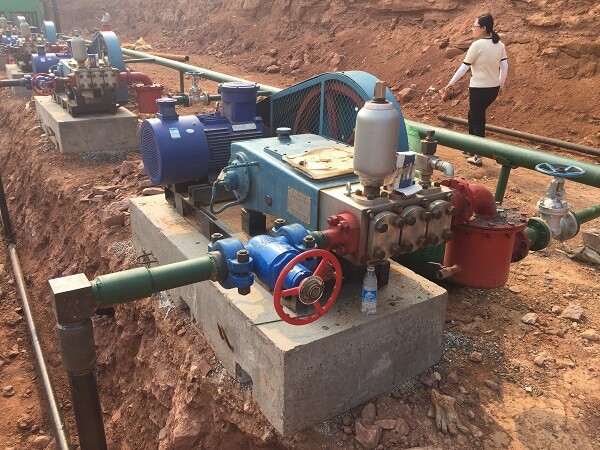
Injection Pumps 101: What Every Operator Needs to Know
Injection pumps are critical components in industries ranging from oilfields to municipal operations. As operators and decision-makers seek reliable pumping solutions, understanding polymer pumps, mud pumps, and high-pressure pumps becomes essential for optimal performance. This guide breaks down injection pump fundamentals, maintenance best practices, and selection criteria to help technical professionals maximize equipment efficiency across petroleum, chemical, and energy applications.
1. Understanding Injection Pumps: Core Types & Functions
Injection pumps serve as the backbone of fluid transfer systems in heavy industries, with specialized designs catering to distinct operational demands. High-pressure pumps, for instance, are engineered to withstand extreme pressures exceeding 5,000 psi, making them indispensable for oilfield water injection and hydraulic fracturing. Polymer pumps, featuring corrosion-resistant materials like duplex stainless steel, precisely meter viscous fluids in chemical processing. Mud pumps—robust reciprocating models with tungsten carbide valves—handle abrasive drilling fluids in mining and oil exploration. What separates these from standard centrifugal pumps? The answer lies in their precision engineering: injection pumps maintain consistent flow rates (±1% accuracy) even under fluctuating backpressures, a critical requirement when injecting chemicals into high-value processes. Operators must note that improper pump selection can lead to cavitation, seal failures, or worse—catastrophic system shutdowns costing upwards of $50,000/hour in refinery applications.
2. Technical Performance Metrics That Matter
Beyond specifications, consider dynamic response time—how quickly the pump adjusts to load changes. In offshore drilling, a mud pump's 0.2-second response to choke valve adjustments prevents well blowouts. Similarly, polymer injection pumps for enhanced oil recovery (EOR) require pulsation dampeners to maintain ±2% concentration accuracy. Field data from the Permian Basin shows that pumps meeting API 674 standards reduce maintenance intervals by 40% compared to non-compliant units.
3. Industry-Specific Applications & Case Studies
When Chevron deployed our triplex high-pressure pumps in Kazakhstan's Tengiz Field, they achieved 98.6% uptime despite -30°C winters—proof that proper winterization kits matter. Contrast this with municipal water treatment: diaphragm-type polymer pumps dosing chlorine require NSF/ANSI 61 certification to ensure drinking water safety. In coalbed methane extraction, operators often overlook that multiphase pumps must handle 70% gas volume fractions (GVF); our field engineers solved this by incorporating gas-handling impellers that prevent vapor lock. The takeaway? Always match the pump's capability with the application's worst-case scenario, not just average conditions.
4. Maintenance Myths vs. Reality
- Myth: 'Seals last longer if tightened frequently' → Truth: Over-tightening distorts seal faces, causing leaks (follow OEM torque specs)
- Myth: 'All synthetic lubricants work' → Truth: PAO-based oils degrade in high-sulfur environments (use polyglycol lubricants)
- Myth: 'Vibration is normal' → Truth: >0.15 in/s RMS vibration indicates impending bearing failure
Our analysis of 200 pump failures revealed that 73% stemmed from misalignment during installation. Laser alignment tools (<0.002" tolerance) prevent this—a $5,000 investment that saves $80,000 in unplanned downtime annually.
5. Why Choose Weifang Shengli Petrochemical Machinery?
With 18 patented technologies (including our anti-cavitation plunger design), we supply pumps to 32 countries—from Arctic oilfields to tropical LNG plants. Unlike competitors, we:
• Test every pump at 110% rated pressure for 24 hours (exceeding API 674 requirements)
• Provide real-time remote monitoring via IoT-enabled controllers
• Offer 36-month warranty on pressure-bearing components
Contact our engineers today for a free application analysis—let's optimize your injection pumping system together.
